Pathophysiology Introductory Concepts And Clinical Perspectives – Test Bank
Chapter 4: Stress, Exercise, and Immobility
Multiple Choice
Identify the choice that best completes the statement or answers the question.
____ 1. Which is an example of eustress?
|
1. |
Job promotion |
|
2. |
Death of a friend |
|
3. |
Unemployment |
|
4. |
Divorce |
____ 2. A client is scheduled for a heart valve replacement. Which strategic action of the primary healthcare provider enhances the client’s adaptive ability and coping mechanism to reduce stress?
|
1. |
Encouraging a family member to stay with the client in the pre-operative setting |
|
2. |
Permitting a family member to stay in the operation theater |
|
3. |
Administering epinephrine to reduce stress |
|
4. |
Restricting the family members from talking to the client in the pre-operative setting |
____ 3. In which stage of Hans Selye’s general adaptation syndrome is the sympathetic nervous system (SNS) activated?
|
1. |
Alarm stage |
|
2. |
Resistance stage |
|
3. |
Exhaustion stage |
|
4. |
Homeostasis |
____ 4. What is polysomnography?
|
1. |
A diagnostic test to examine sleep patterns |
|
2. |
A diagnostic test to examine eye movement |
|
3. |
A diagnostic test to examine respiratory functions |
|
4. |
A diagnostic test to examine electrical activity of the brain |
____ 5. Which problem is a 55-year-old client most likely to exhibit as a result of prolonged benzodiazepine use?
|
1. |
Unstable gait |
|
2. |
Bradycardia |
|
3. |
Dyspnea |
|
4. |
Anuria |
____ 6. A client who has been taking an antidepressant for 10 days complains of depression and does not find the medication to be effective. Which is the best response by the nurse?
|
1. |
“I will increase the drug dosage after informing the physician” |
|
2. |
“The medication will take at least 3 weeks to be effective.” |
|
3. |
“I will change the medication after informing the physician.” |
|
4. |
“Stop taking the medication.” |
____ 7. Which is the most commonly used over-the-counter sleep aid?
|
1. |
Diphenhydramine (Benadryl) |
|
2. |
Phenylephrine (Neo-Synephrine) |
|
3. |
Pseudoephedrine (Sudafed) |
|
4. |
Acetylcholine (Miochol) |
____ 8. A registered nurse is explaining the effects of exercise on the cardiovascular system to a student nurse. Which statement by the student nurse indicates effective teaching?
|
1. |
“Exercise prevents thrombus formation.” |
|
2. |
“Exercise increases fibrinogen levels.” |
|
3. |
“Exercise prevents angiogenesis.” |
|
4. |
“Exercise increases the heart’s efficiency by decreasing cardiac muscle mass.” |
____ 9. A client is on long-term bed rest. Which condition might the client develop due to immobility?
|
1. |
Orthostatic hypotension |
|
2. |
Venous stasis |
|
3. |
Hypertension |
|
4. |
Dyspnea |
____ 10. A bedridden client has frequent gastrointestinal reflux. Which condition might the client develop due to gastrointestinal reflux?
|
1. |
Aspiration pneumonia |
|
2. |
Hypotension |
|
3. |
Hyperthermia |
|
4. |
Constipation |
____ 11. A nurse is providing care for a client, who is on bed rest due to immobility. Which measure does the nurse adopt to counteract the ill effects of immobility?
|
1. |
Assess the client’s skin for erythema. |
|
2. |
Place the client in the prone position. |
|
3. |
Avoid seating the client on a chair. |
|
4. |
Change the position of the client every 4 hours. |
____ 12. A client was hospitalized due to immobility. The blood report after one month of hospitalization shows that the client has developed septicemia. Which factor could have caused septicemia?
|
1. |
Erythema |
|
2. |
Decubitus ulcer |
|
3. |
Antibacterial drugs |
|
4. |
Excessive exercise |
____ 13. A client, who is on prolonged bed rest, has developed kidney stones. Which factor could have caused kidney stones?
|
1. |
Change in the levels of glucose |
|
2. |
Change in the levels of growth hormone |
|
3. |
Change in the levels of thyroid hormone |
|
4. |
Change in the levels of parathyroid hormone |

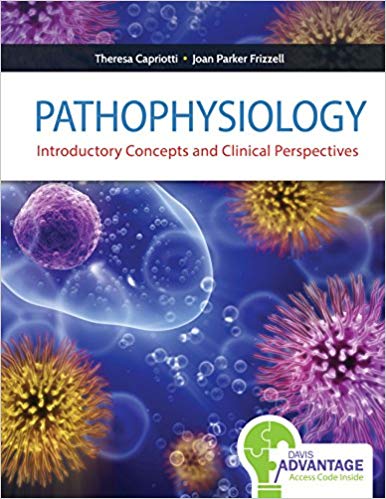

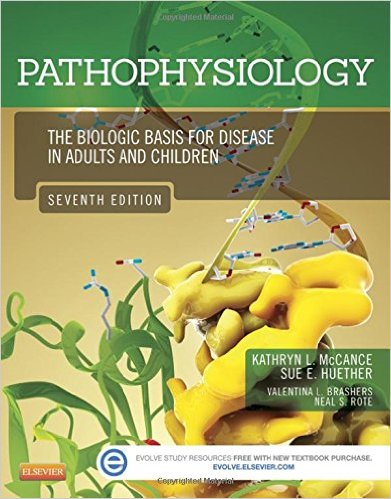




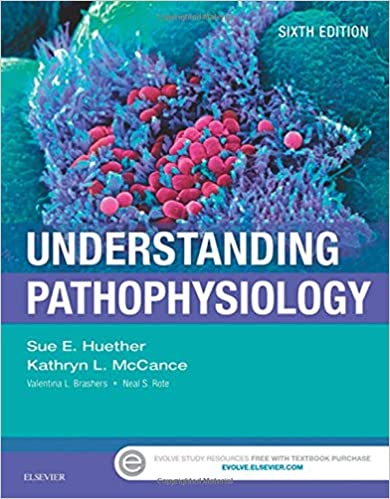
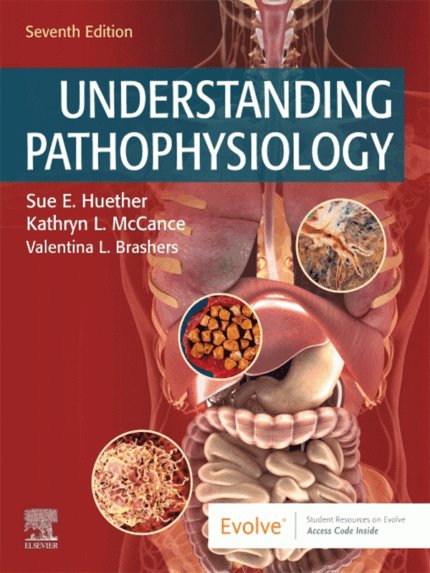
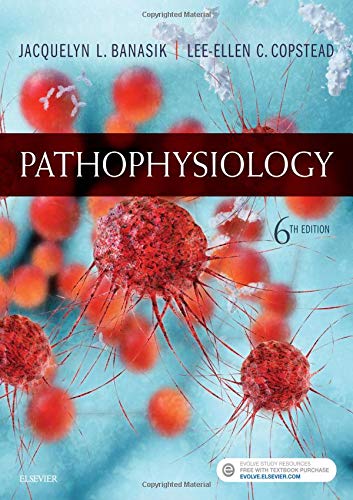

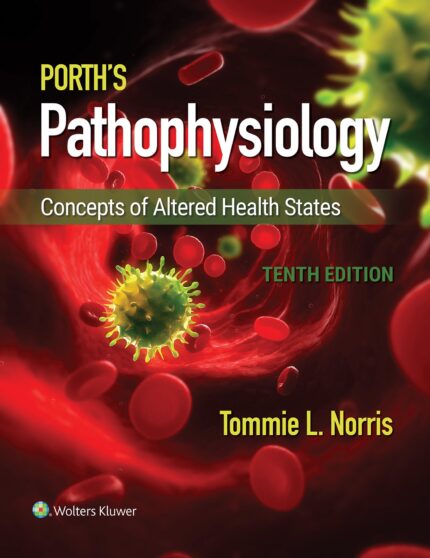
Reviews
There are no reviews yet.